
Home |
About Us |
How to Participate |
Biodiversity Modules |
Projects |
Maps |
News |
Resources

Home |
About Us |
How to Participate |
Biodiversity Modules |
Projects |
Maps |
News |
Resources
|
Definition of "Wetlands" - General Code 500: Vegetated areas where plants are rooted in water or water saturated soil or that regularly tolerate flooding for extensive time periods. |
Wetlands: Conifer Riparian (534)
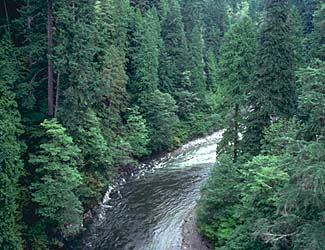 | Descriptive Habitat Code: Wetland (5) areas along a river (3) with conifer (4) trees along its banks. |
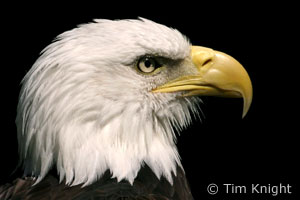 Bald eagle Haliaeetus leucocephalus Code: HALE Photo: TFK |
Distribution and Habitat: It is found near the shores of lakes, rivers, estuaries, coastal islands, and other inshore marine areas. Diet:
Interesting fact: |
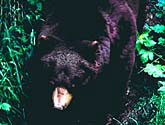 Black bear Ursus americanus Code: URAM Photo: KMD | Distribution and
Habitat: It is found in mountainous, forested, and wetland habitats Diet: Interesting fact: |
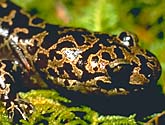 Pacific giant salamander Dicamptodon tenebrosus Code: DITE Photo: BL |
Distribution and
Habitat: It is found in moist forests on the rocky shores of mountain lakes and in or near cold streams. Diet: Interesting fact: |
 Raccoon Procyon lotor Code: PRLO Photo: KMD |
Distribution and Habitat: It is native throughout most of the United States and southern Canada, but has also been introduced into Europe and Asia. It is a common inhabitant of agricultural and residential areas. Diet:
Interesting fact: |
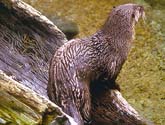 River otter Lutra canadensis Code: LUCA Photo: RA |
Distribution and Habitat: It can be found in coastal marine areas, rivers and lakes. Diet:
Interesting fact: |
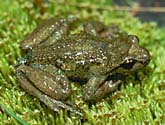 Tailed frog Ascaphus truei Code: ASTR Photo: BL |
Distribution and Habitat: It is generally found in small, cold streams from near sea level to elevations of over 6500 feet. Diet: Interesting
fact: |
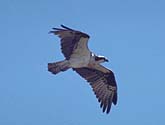 Osprey Pandion haliaetus Code: PAHA Photo: RA | Distribution and Habitat: It is found in and around rivers, lakes, ponds and coastal marine areas. Diet: Interesting
fact: |
Home |
About Us |
How to Participate |
Biodiversity Modules |
Projects |
Maps |
News |
Resources